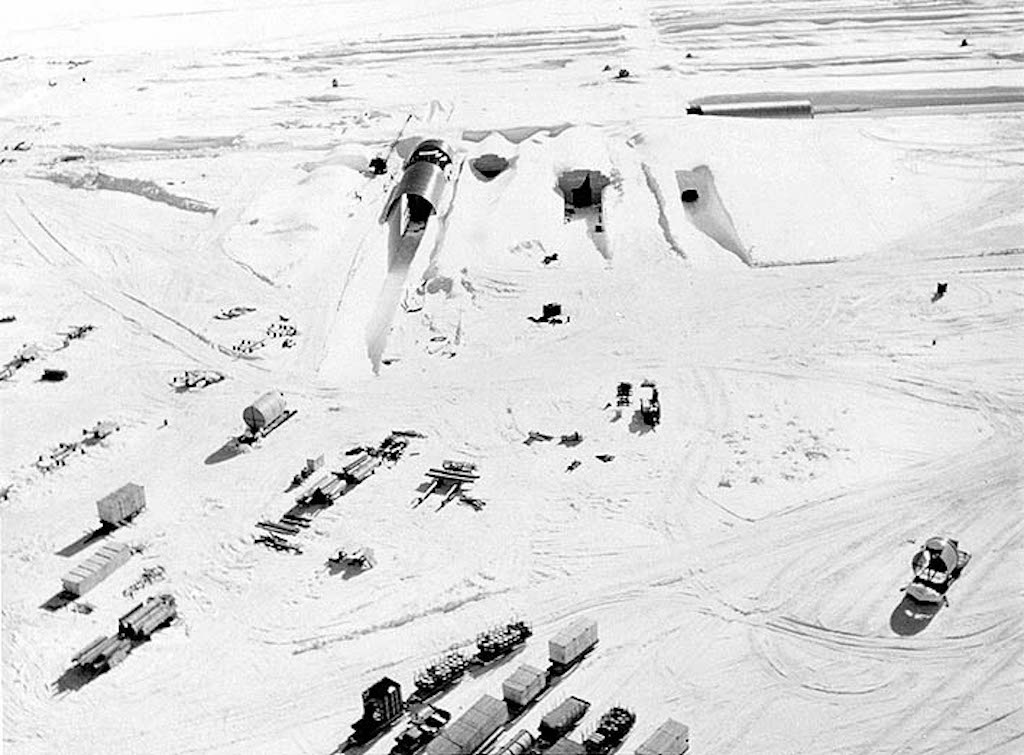Iceworm. The very word conjures all kinds of ideas. A frozen worm? A super-secret lab tucked away into the North Pole? In fact, it was a nuclear lab inside an arctic glacier, and its history is pretty remarkable.
Cold War gets colder
Well, back in 1959, the U.S. was having a little tiff with the Soviets over who’d get to run the world. Both had cutting-edge military technology, not to mention, impressive nuclear arsenals. In fact, the two superpowers played the ultimate game of chicken when it came to atomic testing. They went back forth, arguing over whose bombs might destroy the planet faster.
To gain a tactical advantage, the U.S. needed to find a location close the European mainland, where it could monitor the Russians. That meant we needed to head for the cold, icy climes of the top of the world. The Pentagon picked Camp Century, Greenland, to construct a top-secret military base for what it had aptly dubbed Project Iceworm. Why the bone-chilling name, you ask?
As we’re known to do, we decided to up the game a bit. So, the DoD built the facilities for Camp Century inside a glacier. You read that correctly. They constructed an entire military base right inside a giant chunk of ice. Apparently, polar icecaps were the one place the Soviets would never think to look—that is unless they read a bunch of James Bond novels.

Pentagon isn’t exactly … forthright
Pentagon officials told the media that Project Iceworm – aka Camp Century – would be a testing site for soldiers. They led everyone to believe that troops were being shipped off to Greenland because the frigid conditions would prepare them for space travel. Funny how it took nearly half a century for the Space Force to form, huh?
In reality, the base was a colossal cover-up for something much eerier. The Pentagon’s main mission of Project Iceworm was to construct a network of train tracks beneath the ice. The tracks themselves would span a distance of nearly 2500 miles for trains that would mobilize 600 nuclear missiles. Does the idea of big bombs on moving trains scare you? Well, America wanted to keep all its nuclear weapons on the move so that Russian spies never discovered their location. If the missiles were in constant transit, the Soviets would never catch on.
Nuclear safety is key
The plot to keep its nukes mobile may have seemed clever at the time. Unfortunately, there was one factor the U.S. hadn’t considered: ice melts! The military started digging and laying track inside Greenland’s glaciers, but within a year, the tunnels had shifted. A glacier is a river made of ice, but it’s a river, nonetheless. The icesheet tended to slip and slide, and the military decided it may not be a great idea to store the world’s deadliest weapons inside unstable ice chambers.
Project Iceworm was cancelled in 1966, and the secret ice lair was abandoned. However, the project remains have been preserved in the ice to this day, radioactive waste and all. Speaking of iciness, check out this video inside the Arctic Military Base that’s at the center of U.S. and Russian tensions.


